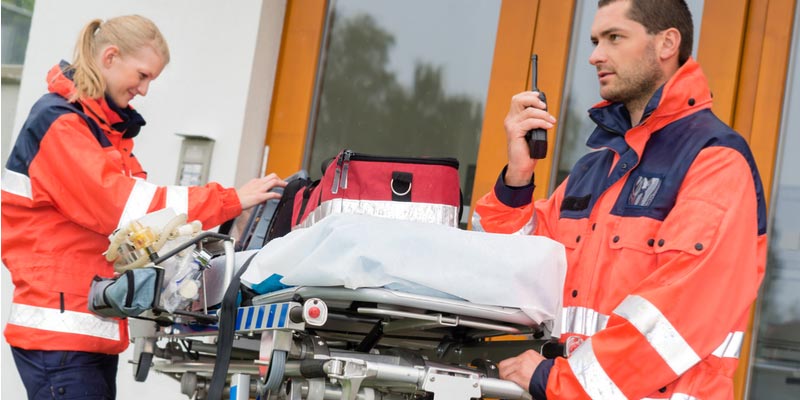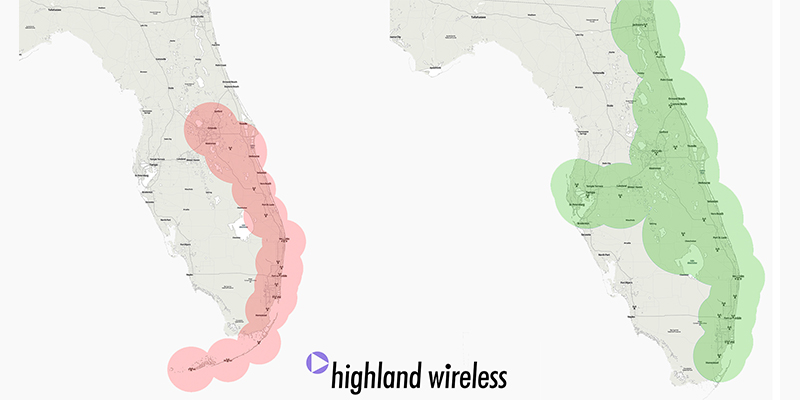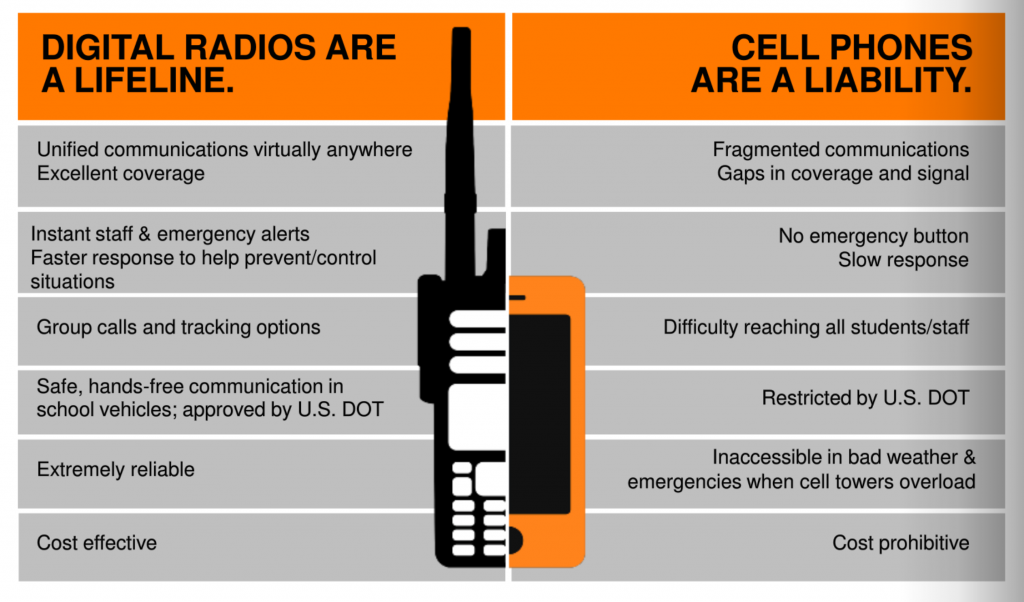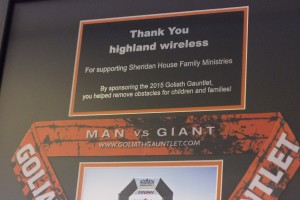In a life or death situation, being able to communicate quickly is critical. Every second matters, and faulty technology may be the deciding factor between success and failure.
Having an understanding of the Two way radio industry, it is not hard to see why police officers, fire fighters, and paramedics use Two way radios. They are quick to connect, able to talk to multiple units at once, and durable in tough conditions. Unlike Cell phones, Two way radios are not used for games but for a critical purpose that it delivers for every time.
Two way Radios are quick to respond
Two way radio has the communications speed and ease of use that an important job needs. Radio is run off of frequencies that are specific to the user, meaning no other radios are using your line of communication when you are using them. Motorola and Kenwood are two great brands that offer transmit interrupt, which allows for one radio to transmit above any others. The power in this mode of communication is that it is built to work when you need it to, not work when it can.
Radio beats Cellphones
Imagine if a paramedic needed to dispatch a unit to pickup a heart attack victim, they may only have minutes, and used a cellphone. The dispatcher would dial a number, wait for a pickup, and hope they answer, drop the call, and start all over. Cellphones are great for leisurely conversation, but not when every moment counts to save a life. Radio is a tool that does what is needed to do, when it needs to do it. Cellphones are multipurpose and unreliable when it is needed.
Radio Can Withstand the Test of Time
The average cell phone may continue to work with wear and tear for 2-3 years. Two way radio is built and tested to withstand heat, water, weather, and falls for over 15+ years! A company looking to invest in critical communications will find a wise investment in a product that will work every time for years to come!
South Florida is full of industries that have life critical operations, Ambulance, construction, fire, police, security, and public safety to name a few. Highland Wireless is committed to selling the best product available to give a company the piece of mind it needs that its communications will work when it is critical that is works.




 Any company determined to grow will hit a point where managing many people requires a simple way to communicate. Many transportation companies, fleets, warehouses, and construction companies will turn to cellphones to meet that need. While cellphones have the reputation for being reliable communication, what you might not know is that a better alternative for half the cost is available.
Any company determined to grow will hit a point where managing many people requires a simple way to communicate. Many transportation companies, fleets, warehouses, and construction companies will turn to cellphones to meet that need. While cellphones have the reputation for being reliable communication, what you might not know is that a better alternative for half the cost is available.

 Highland and the team came out to support the cause by running in their obstacle race in October. We not only donated financially, but we supported the event by donating radios for the event staff to use day of. Our contribution, as well as many others, lent to Sheridan House raising $135,956 to support their children’s homes!
Highland and the team came out to support the cause by running in their obstacle race in October. We not only donated financially, but we supported the event by donating radios for the event staff to use day of. Our contribution, as well as many others, lent to Sheridan House raising $135,956 to support their children’s homes!